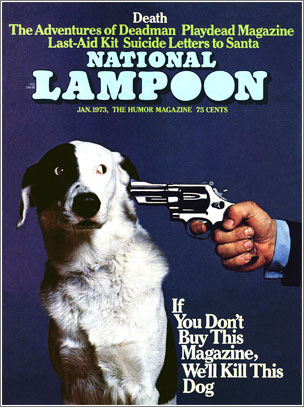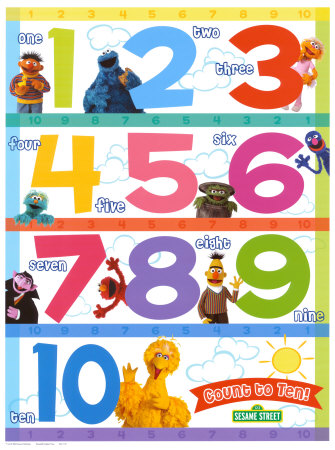Creating a sense of urgency in your life leads to success. And there’s a study out that proves it. A good friend of mine, Greg Schneiders, recently sent to me a NYTimes story about a study on the issue of motivation, fear, and something economists call “loss avoidance.”
The question is this — when your back is up against the wall and you MUST do something or risk losing, are you better at doing what you do than when you simply have an opportunity and CAN do something to win.
 For the Wharton professors, question was this: “All other things being equal, is there a difference between a putt for a par and a putt for a birdie?” For folks not skilled in the rules and scoring of golf, a par is the number of shots set as a “standard” for a particular hole. A “birdie” is one less than par. So a hole that is set on the scorecard as a “par 4” is a hole that you’re expected to complete in four strokes or shots. If you do it in three, that’s a birdie.
For the Wharton professors, question was this: “All other things being equal, is there a difference between a putt for a par and a putt for a birdie?” For folks not skilled in the rules and scoring of golf, a par is the number of shots set as a “standard” for a particular hole. A “birdie” is one less than par. So a hole that is set on the scorecard as a “par 4” is a hole that you’re expected to complete in four strokes or shots. If you do it in three, that’s a birdie.
Back to the question. Is there any difference between a 4 foot birdie putt and a 4 foot par putt?
Apparently there is. According to the study:
Even the world’s best pros are so consumed with avoiding bogeys that they make putts for birdie discernibly less often than identical-length putts for par, according to a coming paper by two professors at the University of Pennsylvania’s Wharton School. After analyzing laser-precise data on more than 1.6 million Tour putts, they estimated that this preference for avoiding a negative (bogey) more than gaining an equal positive (birdie) — known in economics as loss aversion — costs the average pro about one stroke per 72-hole tournament, and the top 20 golfers about $1.2 million in prize money a year.
What does that mean? It means that faced with two identical putts — one for birdie and one for par — the pros are more likely to make the par putt because they have to and miss the birdie putt because … well … because they can. According to Justin Leonard:
“When putting for birdie, you realize that, most of the time, it’s acceptable to make par. When you’re putting for par, there’s probably a greater sense of urgency, so therefore you’re willing to be more aggressive in order not to drop a shot. It makes sense.”
So there it is … the key phrase … “a greater sense of urgency.”
Reminds me of the National Lampoon cover. If you don’t buy this magazine then I’ll shoot the dog.
A greater sense of urgency.
So don’t get fat and comfortable. You’ll miss the putt.
Create a greater sense of urgency … we’ll all perform better.
 And talk about ten.
And talk about ten. Here’s how I rememer Kendall.
Here’s how I rememer Kendall.